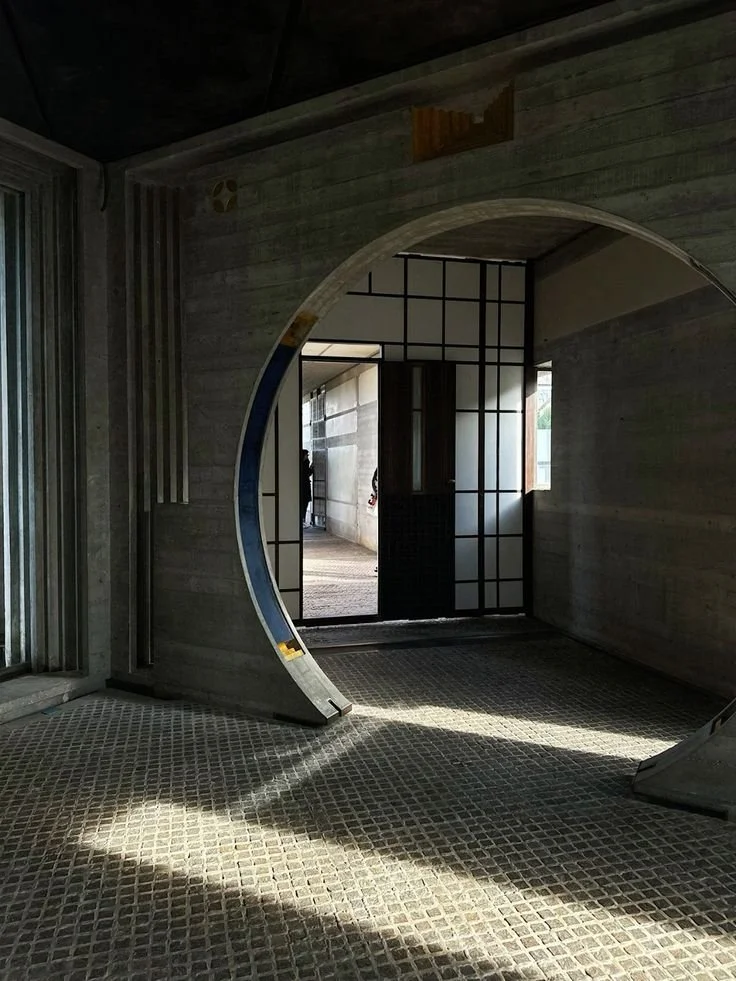Design Notes: Carlo Scarpa
If architecture is a language, then Carlo Scarpa was a poet of precision.
Known for his masterful blend of modernism with craft, Scarpa’s work is a study in the power of detail… of edges, thresholds, joints, and transitions. His projects don’t just house art or life; they frame and elevate them. As someone drawn to interiors that feel personal and alive, I keep returning to Scarpa’s work as a reminder that good design doesn’t always have to be loud, it just has to be intentional.
These are some of my favorite projects by Scarpa which continue to shape how I think about space, detail, and material:
Museo di Castelvecchio, Verona
Scarpa’s renovation of this medieval fortress-turned-museum is perhaps his most celebrated project, and for good reason. Every element, from a stair tread to a handrail, feels considered and deliberate. He didn’t erase the old; he responded to it.
Takeaway: Transitions can be expressive. Scarpa often uses layered thresholds (glass meeting stone, concrete hovering above brick) not to obscure material change, but to celebrate it. In interiors, I think about this often: how can a change in material or texture signal movement or pause? How can a shelf bracket, for example, carry the same weight as a brushstroke in a painting?
Brion Cemetery, San Vito d’Altivole
At the Brion family tomb, Scarpa created a spiritual landscape where concrete, brass, and water come together with haunting poetry. It’s both monumental and deeply human. Here, detail becomes ritual. A carved notch, a brass pin, a cut in the floor, all are not decorative flourishes, but intentional acts of reverence.
Takeaway: Material has memory. Scarpa’s choice of unlaqcuered brass speaks to time, weather, and touch. I think about this when choosing finishes for a kitchen pull or a stair handrail. The materials we choose aren’t inert. They change. They hold stories. Scarpa teaches us that aging can be beautiful, and that permanence doesn’t have to mean perfection.
Querini Stampalia Foundation, Venice
In this historic Venetian palazzo, Scarpa tackled the issue of frequent flooding by designing channels of water into the ground. His solution was technical, yes, but also aesthetic. The flooring pattern responds to tides. Form becomes function, and function becomes art.
Takeaway: Even constraints can be opportunities. Scarpa’s solution wasn’t just practical, it was elegant. As a designer working within constraints (budgets, existing structures, client needs), I’m reminded that limitations can lead to richer, more layered ideas. The trick is to lean into them, not fight them.
Scarpa didn’t just design buildings, he composed them. His mastery of scale, light, and material continues to influence how I approach interiors.
In a world that often prizes speed, Scarpa’s work is a lesson in slowness, in thinking through making. He reminds me that detail is not just about precision, it’s about presence.



